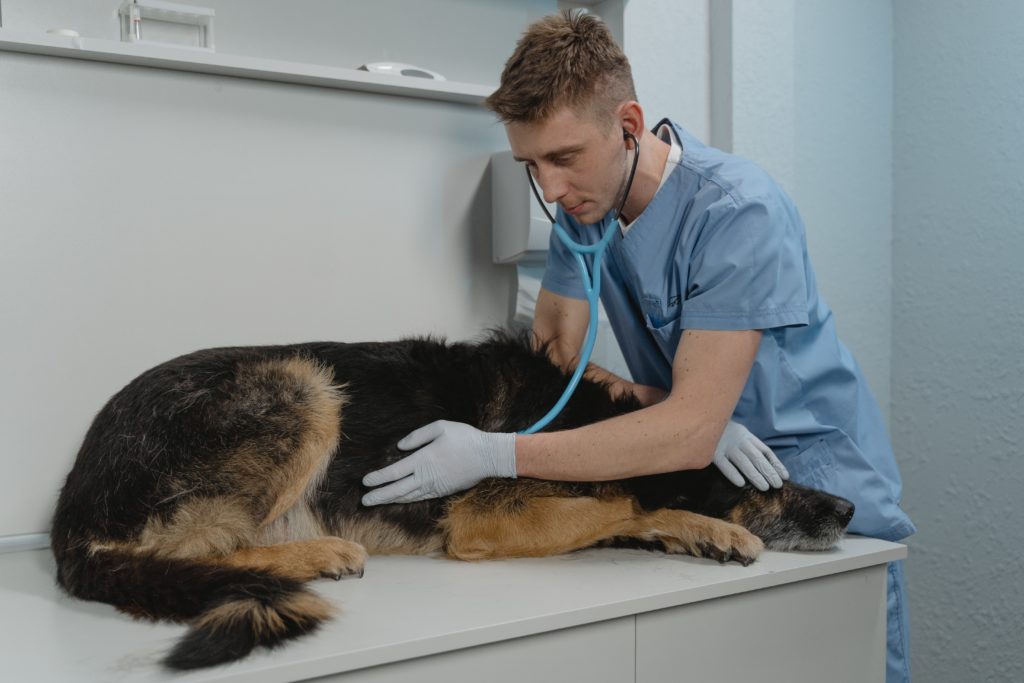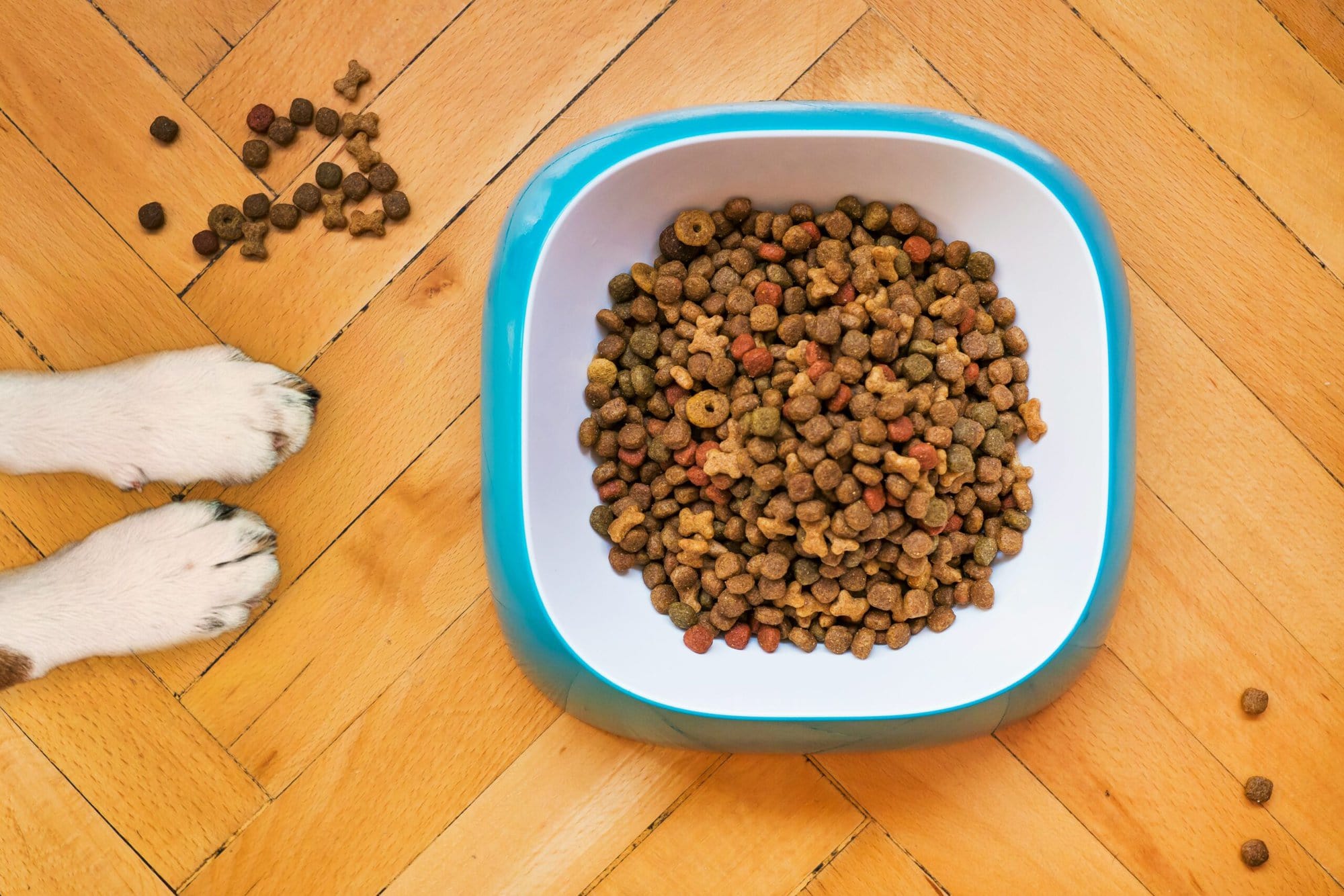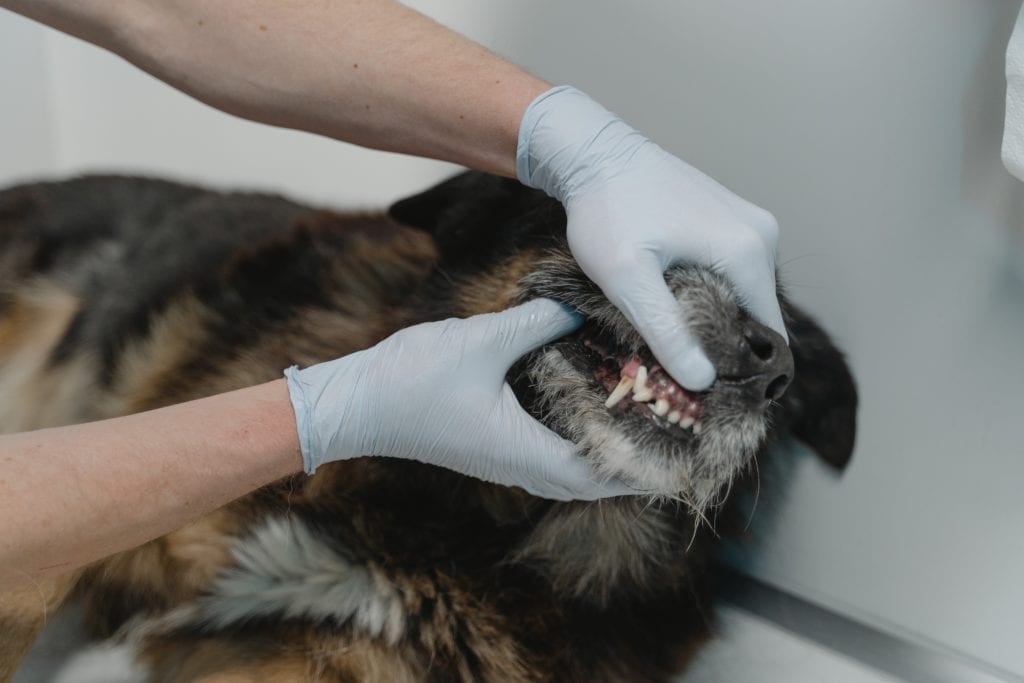- By-products:
- These are internal organs of animals such as heart, liver, and lungs which are not used for human food. While these ingredients do not sound appetizing to us, it is actually quite natural for cats and dogs in the wild to eat these ingredients. Some pet food companies market their food towards what humans think it tasty, and imply that byproducts are bad for our pets. This is not true. They are dense in nutrients and easy to digest, so they can actually be a very beneficial ingredient to pet food. When selecting pet food, it’s important to focus on what is best for our pet’s nutrition, instead of what sounds most appetizing to a human.
- These are internal organs of animals such as heart, liver, and lungs which are not used for human food. While these ingredients do not sound appetizing to us, it is actually quite natural for cats and dogs in the wild to eat these ingredients. Some pet food companies market their food towards what humans think it tasty, and imply that byproducts are bad for our pets. This is not true. They are dense in nutrients and easy to digest, so they can actually be a very beneficial ingredient to pet food. When selecting pet food, it’s important to focus on what is best for our pet’s nutrition, instead of what sounds most appetizing to a human.
- “Real meat”:
- Many pet food companies imply through their marketing that “real meat” or “whole chicken” is better for pets than chicken meal. Chicken meal is just chicken meat that has had the fat and water removed, resulting in a higher concentration of chicken protein that is easy to digest. Chicken meal is not inferior in quality to whole chicken.”
- Many pet food companies imply through their marketing that “real meat” or “whole chicken” is better for pets than chicken meal. Chicken meal is just chicken meat that has had the fat and water removed, resulting in a higher concentration of chicken protein that is easy to digest. Chicken meal is not inferior in quality to whole chicken.”
- Corn:
- Some people mistakenly believe that corn is a “filler” in pet food since it is not a meat, but corn is actually rich in protein, carbohydrates, fat, fiber, vitamins, and minerals. Corn is packed with nutrition, which means it is not at all a filler. It is also commonly stated on the internet that corn causes a lot of allergies in pets. This is not true. When a food allergy occurs in pets, it is overwhelmingly most often related to the primary protein source, such as beef or chicken. Your veterinary dermatologist can guide you on whether your pet’s clinical signs are suggestive of a food allergy (which accounts for less than 10% of itchy pets).
- Some people mistakenly believe that corn is a “filler” in pet food since it is not a meat, but corn is actually rich in protein, carbohydrates, fat, fiber, vitamins, and minerals. Corn is packed with nutrition, which means it is not at all a filler. It is also commonly stated on the internet that corn causes a lot of allergies in pets. This is not true. When a food allergy occurs in pets, it is overwhelmingly most often related to the primary protein source, such as beef or chicken. Your veterinary dermatologist can guide you on whether your pet’s clinical signs are suggestive of a food allergy (which accounts for less than 10% of itchy pets).
- Gluten:
- Gluten is a protein that comes from wheat. While a small number of humans experience diseases related to gluten (such as Celiac disease), this has never been documented in dogs and cats. When a food allergy occurs in pets, it is overwhelmingly most often related to the primary protein source, such as beef or chicken. Your veterinary dermatologist can guide you on whether your pet’s clinical signs are suggestive of a food allergy (which accounts for less than 10% of itchy pets).
- Gluten is a protein that comes from wheat. While a small number of humans experience diseases related to gluten (such as Celiac disease), this has never been documented in dogs and cats. When a food allergy occurs in pets, it is overwhelmingly most often related to the primary protein source, such as beef or chicken. Your veterinary dermatologist can guide you on whether your pet’s clinical signs are suggestive of a food allergy (which accounts for less than 10% of itchy pets).





